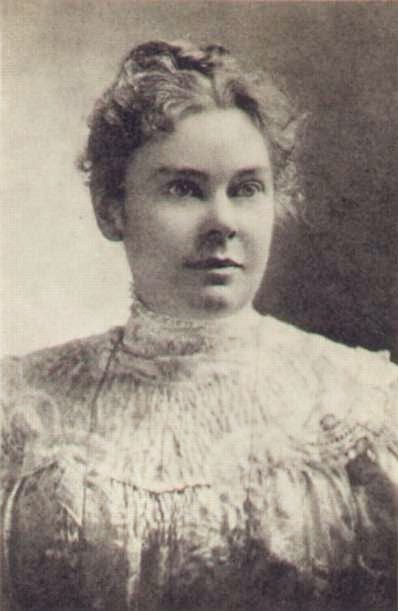Friends,
I am a military historian which means that I am a (half a$$) historian who specializes in military history. To be specific, my "specialty" is the impact of technology on military tactics in the 19th Century. Does this qualify me to lead an armored division in combat? Not hardly. But I can pontificate at length on the difference between Napoleon's tactics and those of Robert E. Lee. I can even show you how Civil War commanders employed artillery versus how it was done during the Crimean War. None of that amounts to jack crap in the grand scheme of things, but it gives me something to do with my time. (When I'm not busy teaching, driving, or working on my own CJ graduate classes.)
I'm using The Killer Angels in class this semester with good result. The title gets its name from a statement made by a character in the book who says if man is an angel then he must be a killer angel. It seems as though mankind has this innate desire to self destruct. The ancient historians left chronicles of all sorts of wars for all sorts of reasons. They can be summed up in the same way that an altercation between toddlers can be summer up.
1. You took my toy. (ie: land, resources, etc)
2. I want your toy. (ie: land, resources, etc)
3. I don't like how you look.
4. I don't like what you believe.
I think most conflicts will fall into one of those categories. I've read that man and ants are the only species who make organized war on their own kind. I'm not a biologist or botanist and so I do not know if that is true or not. But if you read it on the internet, it has to be true, right? I am not a pacifist as I do not think that all wars are bad. Sometimes they are very necessary. Would we have defeated Hitler otherwise? I think not.
We'd be speaking English if it weren't for the Revolution!
Oh, wait......
No, friends, my intention here is to consider whether or not warfare is the natural state of man. As soon as people began organizing themselves into city-states (ie: Sumer), conflict followed soon after. The Sumerians had beer too, which must have made them happy. Perhaps the two are linked? Seriously though, the Ancient World was rocked by conflicts just as dangerous to them as ours are to us. If you read the Bible as history rather than a religious text, you'll pick up on even more death. Every time you turn the page, someone is getting smote by someone. The fact that people use religion to justify killing is something that we still deal with in the present.
The chariot was the Attack Helicopter of its day!
Our weapons have changed over time from rocks to ICBMs. But our blood lust has never abated. It seems as though every generation is rocked by a conflict of some sort. As a country, the United States has actually been fairly fortunate. We have never seen a war here like the 30 Years War was in Europe that killed 8 million people. War brings its dysfunctional relatives along with it, famine and disease, more often than not. And when the war ends, the killing doesn't necessarily stop there. Victors often seek vengeance upon the losers. Sometimes this may be justified, as in the trials of Nazis after World War Two. In ancient times this usually consisted of raping women and enslaving people. The "civilized" world today frowns on that, yet they still make war.
A terrible scene? These four women were brutal concentration camp guards.
During the Cold War, we thought that a future world war would bring about the end of the world. Maybe it would have. Thankfully, we never found out. Today, we no longer fight other nations but rather non state actors. This asymmetrical warfare is extremely difficult for a country such as ours, not because our gallant men and women in uniform are not up to the challenge, but because all the technology in the world won't stop a militant with an AK-47. And should our War on Terror ever end, another will come along to replace in a few decades.
So, Dear Readers, I ask you this: is warfare the natural state of man? Was Hobbes right when he said life is "nasty, brutish, and short"? Will human beings ever learn to live in peace and harmony with one another? Are we doomed to fight one bloody conflict after another until we finally rid the world of......ourselves?
My name is Lee Hutch and I am a Half A$$ Historian who has no answers for the questions that I asked.

























